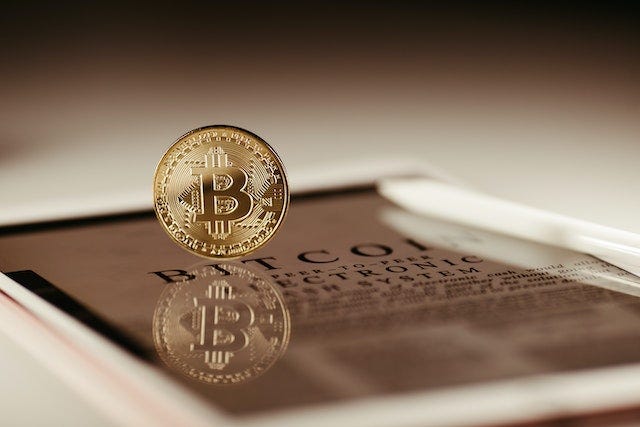When NFTs work against artists
IDSC "BlackTechLogy": How WIPO PROOF can help to confirm the original artist

This post is part of a series entitled “BlackTechLogy.” Click here for the archived posts.
Digital currency has taken on noticeable popularity in recent years. Visa is permitting the use of USD Coin (USDC) to settle transactions. PayPal was already allowing users to buy, sell and hold cryptocurrencies, and now they can use the “Checkout with Crypto” payment platform. Even Playboy magazine has jumped into the NFT currency trend with Rabbitars.
In 2021, The Weeknd sold exclusive art and music by non-fungible tokens (NFT) in collaboration with Nifty Gateway. But what happens when blockchains and other forms of digital currency are being used faster than the artists can keep up?
In a CNN news report, one digital artist had to remove his art on Twitter long enough to put watermarks on them. His reason for doing so was because he found out two of his pieces were sold as NFTs without his knowledge. Although he was able to block the NFTs after finding out, unless the artist checks in real time, there’s no way to really know.
ADVERTISEMENT ~ Amazon
As an Amazon affiliate, I earn a percentage from purchases with my referral links. I know some consumers are choosing to boycott Amazon for its DEI removal. However, after thinking about this thoroughly, I want to continue promoting cool products from small businesses, women-owned businesses and (specifically) Black-owned businesses who still feature their items on Amazon. As of the first date of Black History Month 2025, each new post will ALWAYS include a MINIMUM of one product sold by a Black-owned business. (I have visited the seller’s official site to verify that Amazon Black-owned logo.) I am (slowly) doing this with older, popular posts too. If you still choose to boycott, I 100% respect that decision.

Fighting for the IP right to digital art
Just as other forms of art can become a copyright nightmare, so can those with NFTs. While the U.S. Copyright Office can help to legally keep track of when a creation was made, it gets fuzzy when it comes to posting this work via social media on platforms like Twitter and Instagram.
While Instagram does not claim any ownership rights to content that you post on the site. You do grant them a non-exclusive, royalty free and transferable license to use any picture posted on Instagram. If the art is exclusive but the link is public, artists give users the option to publish this public link of copywritten work. This creates a gray area.
Recommended Read: “Social media photos: Understand fair use rights ~ IDSC ‘BlackTechLogy’: Can your social media post be shared for commercial use? It depends”
But selling another artist’s work with NFTs moves from a gray area to clearly being over the line. While blockchains transactions are “recorded publicly in an immutable digital ledger,” people are not required to prove they have the copyright or even share their real names to prove legitimacy.
So how can an artist know if work is stolen or compromised if they don’t know it was sold to begin with? Without an official trademark, it can be too easy to believe that the NFT seller is the real artist as opposed to the non-savvy-NFT artist who doesn’t know about the seller.
Recommended Read: “Killer Mike’s digital mobile bank closes $40 million of Series A funding ~ IDSC ‘BlackTechLogy’: Rapper stands by his word to bank black via Greenwood”
There is a solution though. With digital currency popularity comes more people paying attention to WIPO PROOF, “a new digital business service that provides a date- and time-stamped digital fingerprint of any file, proving its existence at a specific point in time.”
This service complements WIPO’s existing intellectual property (IP) systems, which covers inventions; literary and artistic works; designs; and symbols, names and images used in commerce. Click here for more details.
Editor’s Note: (Note: This post was originally written for an Upwork client via now-defunct GoalsTV. However, updates and tweaks have been made.)
Did you enjoy this post? You’re also welcome to check out my Substack columns “Black Girl In a Doggone World,” “BlackTechLogy,” “Homegrown Tales,” “I Do See Color,” “One Black Woman’s Vote” and “Window Shopping” too. Subscribe to this newsletter for the weekly posts every Wednesday. Thanks for reading!




